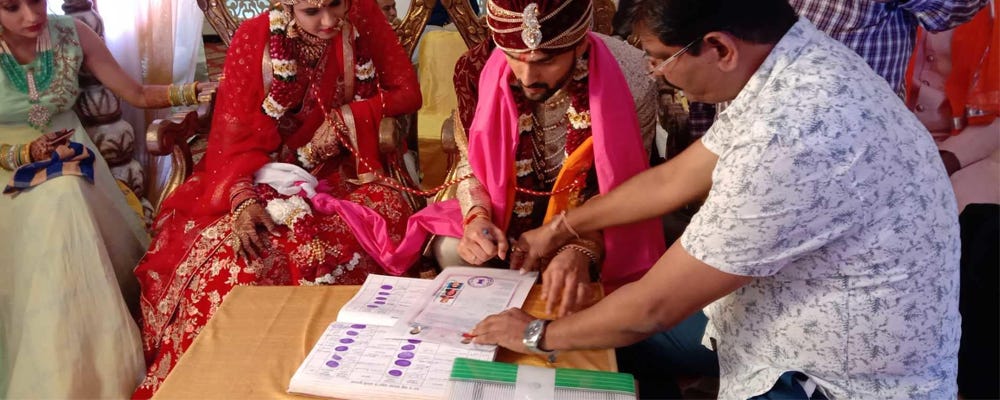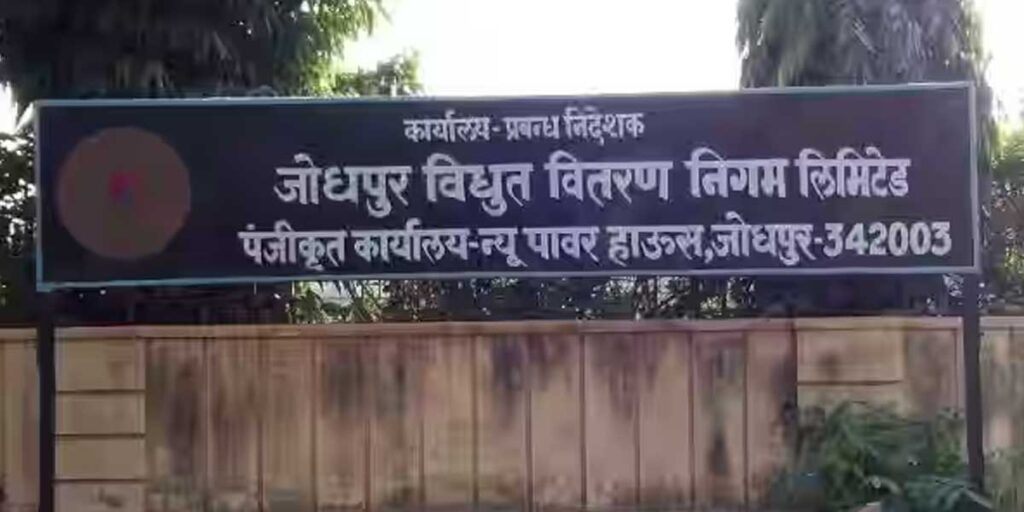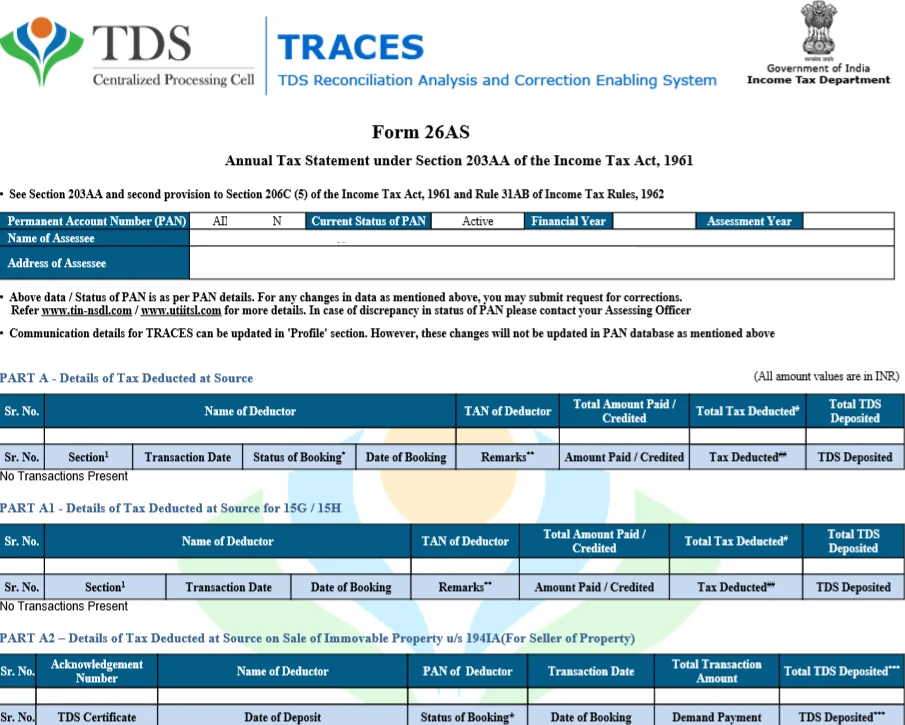Section 11 – Arbitration And Conciliation Act, 1996
Appointment of arbitrators (1) A person of any nationality may be an arbitrator, unless otherwise agreed by the parties. (2) Subject to sub-section (6), the parties are free to agree on a procedure for appointing the arbitrator or arbitrators. (3) Failing any agreement referred to in sub-section (2), in an arbitration with three arbitrators, each party shall appoint one arbitrator, and the two appointed arbitrators shall appoint the third arbitrator who shall act as the presiding arbitrator. [(3A) The Supreme Court and the High Court shall have the power to designate, arbitral institutions, from time to time, which have been graded by the Council under section 43-I, for the purposes of this Act: Provided that in respect of those High Court jurisdictions, where no graded arbitral institution are available, then, the Chief Justice of the concerned High Court may maintain a panel of arbitrators for discharging the functions and duties of arbitral institution and any reference to the arbitrator shall be deemed to be an arbitral institution for the purposes of this section and the arbitrator appointed by a party shall be entitled to such fee at the rate as specified in the Fourth Schedule: Provided further that the Chief Justice of the concerned High Court may, from time to time, review the panel of arbitrators.] (4) If the appointment procedure in sub-section (3) applies and— (a) a party fails to appoint an arbitrator within thirty days from the receipt of a request to do so from the other party; or (b) the two appointed arbitrators fail to agree on the third arbitrator within thirty days from the date of their appointment, [the appointment shall be made, on an application of the party, by the arbitral institution designated by the Supreme Court, in case of international commercial arbitration, or by the High Court, in case of arbitrations other than international commercial arbitration, as the case may be;] (5) Failing any agreement referred to in sub-section (2), in an arbitration with a sole arbitrator, if the parties fail to agree on the arbitrator within thirty days from receipt of a request by one party from the other party to so agree [the appointment shall be made on an application of the party in accordance with the provisions contained in sub-section (4)]. (6) Where, under an appointment procedure agreed upon by the parties,— (a) a party fails to act as required under that procedure; or (b) the parties, or the two appointed arbitrators, fail to reach an agreement expected of them under that procedure; or (c) a person, including an institution, fails to perform any function entrusted to him or it under that procedure, [the appointment shall be made, on an application of the party, by the arbitral institution designated by the Supreme Court, in case of international commercial arbitration, or by the High Court, in case of arbitrations other than international commercial arbitration, as the case may be;] [***] [***] [ (8) [The arbitral institution referred to in sub-sections (4), (5) and (6)], before appointing an arbitrator, shall seek a disclosure in writing from the prospective arbitrator in terms of sub-section (1) of section 12, and have due regard to— (a) any qualifications required for the arbitrator by the agreement of the parties; and (b) the contents of the disclosure and other considerations as are likely to secure the appointment of an independent and impartial arbitrator.] (9) In the case of appointment of sole or third arbitrator in an international commercial arbitration, [the arbitral institution designated by the Supreme Court] may appoint an arbitrator of a nationality other than the nationalities of the parties where the parties belong to different nationalities. (10) [***] [(11) Where more than one request has been made under sub-section (4) or sub-section (5) or sub-section (6) to different arbitral institutions, the arbitral institution to which the request has been first made under the relevant sub-section shall be competent to appoint. (12) Where the matter referred to in sub-sections (4), (5), (6) and (8) arise in an international commercial arbitration or any other arbitration, the reference to the arbitral institution in those sub-sections shall be construed as a reference to the arbitral institution designated under sub-section (3A). (13) An application made under this section for appointment of an arbitrator or arbitrators shall be disposed of by the arbitral institution within a period of thirty days from the date of service of notice on the opposite party. (14) The arbitral institution shall determine the fees of the arbitral tribunal and the manner of its payment to the arbitral tribunal subject to the rates specified in the Fourth Schedule. Explanation.—For the removal of doubts, it is hereby clarified that this sub-section shall not apply to international commercial arbitration and in arbitrations (other than international commercial arbitration) where parties have agreed for determination of fees as per the rules of an arbitral institution.] Explanation.—For the removal of doubts, it is hereby clarified that this sub-section shall not apply to international commercial arbitration and in arbitrations (other than international commercial arbitration) in case where parties have agreed for determination of fees as per the rules of an arbitral institution.]
Section 11 – Arbitration And Conciliation Act, 1996 Read More »







